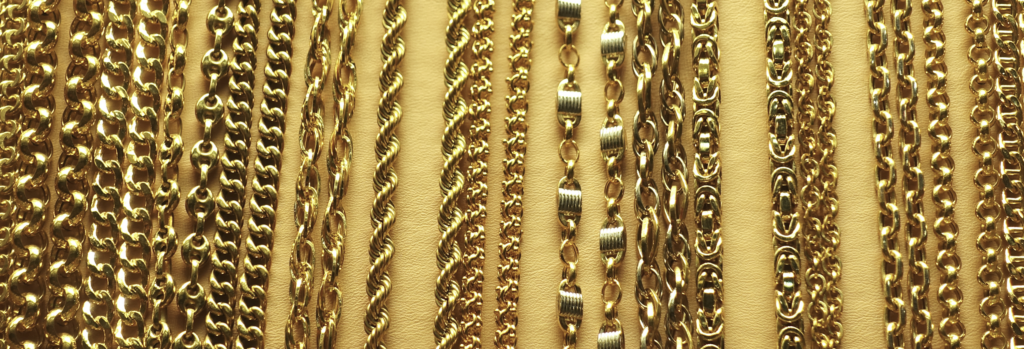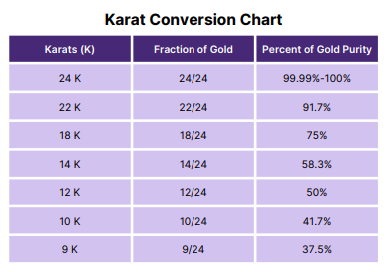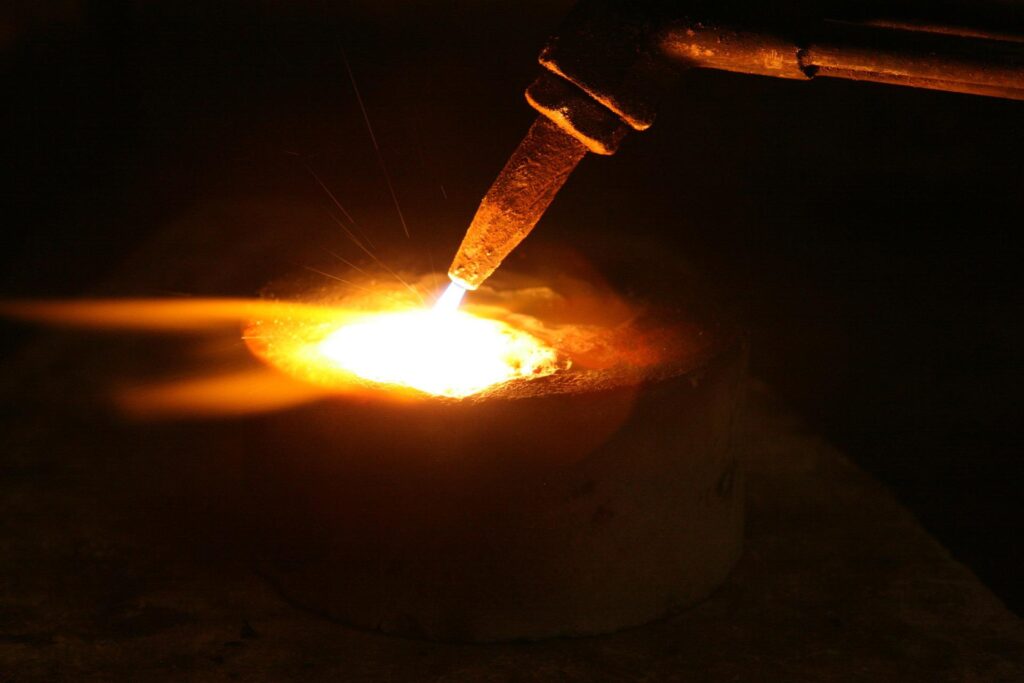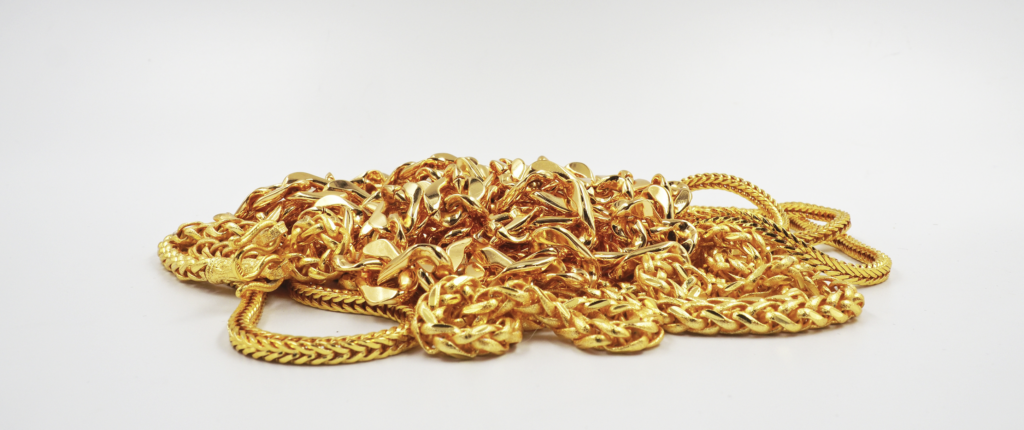
Research & Blogs

Assaying Gold: What it is, How it Works, and Why it Matters
According to historical data, gold has proven to be a stable store of value, especially as a hedge against inflation. But how can an investor be sure that the gold they are purchasing is actually gold? The process of assaying gold allows investors to know how much gold is in the bars, bullion, and other gold pieces that they purchase.

Why should I assay my gold?
It is not possible to tell how pure a gold bar is by simply looking at it. While a bar may look and feel like it is entirely made of gold, it is common for bars to be comprised of gold mixed with different metals called alloys. Purity is measured by karats: if a bar is 24-karat gold, then 99.99% of that bar is comprised of pure gold. If a bar is 12-karat gold, then it is a mixture of 50% gold and 50% other metals.
Assaying enables investors to see the true value of their gold. For example, if an investor purchases gold that is advertised as 24-karats, but after the assay result, the piece turns out to be comprised of only 75% gold, the investor would have paid a higher price for less gold. Assaying one’s gold provides a quality check to make sure that the gold purchased is not only at the purity level that it claims to be, but also that it meets the standards set by the bar’s mint. Assaying allows for transparency and honesty about the gold that investors are looking to buy.
How is gold assayed?
There are a variety of methods that are used for assaying gold, but there are five methods that are most used to check the composition of gold pieces:
Fire Assay

Fire Assay, otherwise known as cupellation, is a process in which a precious metal piece is melted down entirely, resulting in the separation of the gold from other metals or impurities. This method allows assayers to physically see what percentage of that piece is pure gold. Though considered one of the more precise methods for assaying gold, Fire Assay is quite destructive, as the entire piece must be melted down to see what percentage of it is gold.
Scratch and Acid Test
The Scratch and Acid Test involves scratching the gold piece with a touchstone and then pouring various acid types over it. This process will reveal the karats, or gold purity, of the piece. Though commonly used, the Scratch and Acid Test is quite dangerous and not very accurate.
Laboratory Processes
Gold pieces can be analyzed in a laboratory to determine purity, but such a process requires expensive machinery, lengthy sample preparation, and highly specialized skills by the assayer. Because of this, such a method for assaying may not be efficient for an investor.
Electronic Testers

It is quite popular to test a gold piece’s purity by way of electronic testers. The handheld machine works by placing its end onto a gold piece, and it uses electrical conductivity to reveal the percentage of gold in that piece. Much like the Scratch and Acid Test, electronic gold testers are commonly used, but not fully accurate in determining gold purity.
X-Ray Fluorescence Analysis
XRF for short, this method of gold assaying is rapid, accurate, and portable. This process involves analyzing the intensity of the X-rays emitted by the gold piece under an X-ray beam.
These are just five of the many ways to assay gold, and determining which method to use is going to depend on the gold piece itself. Depending on destruction level, price, ease of use, and accuracy, the methods that investors choose will differ greatly. Once the gold is assayed, it will receive an assay certificate indicating its authenticity and purity.
Who assays gold?
Anyone can assay their gold, but certain methods will be easier and more cost-effective than others. Electronic gold testers are relatively cheap, are sold commercially, and do not require prior knowledge. Therefore, anyone can test their gold piece using this method. XRF and laboratory processes, however, require highly-trained specialists but are much more precise.
Beyond individual assayers, there are many companies that specialize in assaying. Oftentimes, refiners and mints will offer gold assay services to their investors, or even have a trusted third-party assayer complete the process for them.
What is the history and evolution of assaying gold?

Given the historical value of gold, it comes as no surprise that gold has been quality-checked for purity for thousands of years. The Pharaoh Menes in ancient Egypt would stamp gold ingots to signify their purity, and England has a long history of also marking their pure precious metals, otherwise known as hallmarking. Today, many governments have enacted regulations that dictate the standards of fineness for gold and other precious metals being sold.
How does Gilded use assaying in their bar story?
Gilded works with best-in-class Swiss refiners and trusted professional assayers that guarantee the highest quality gold. All gold on the Gilded platform is 24-karat, a minimum of 99.99% pure gold. Our refiners provide certificates of the assay, and the gold is further verified by world-renowned certification companies. When investors choose Gilded gold, they not only receive the highest quality gold, but also the promise that their gold is verified, pure, and authentic.
Gold historically has served as a stable store of value, especially in times of market volatility. Assaying provides investors with the guarantee that the gold they are purchasing is the correct weight and purity. The right assay method will depend on each individual investor’s needs, budget, and experience, but going through this verification process is necessary to ensure authenticity.